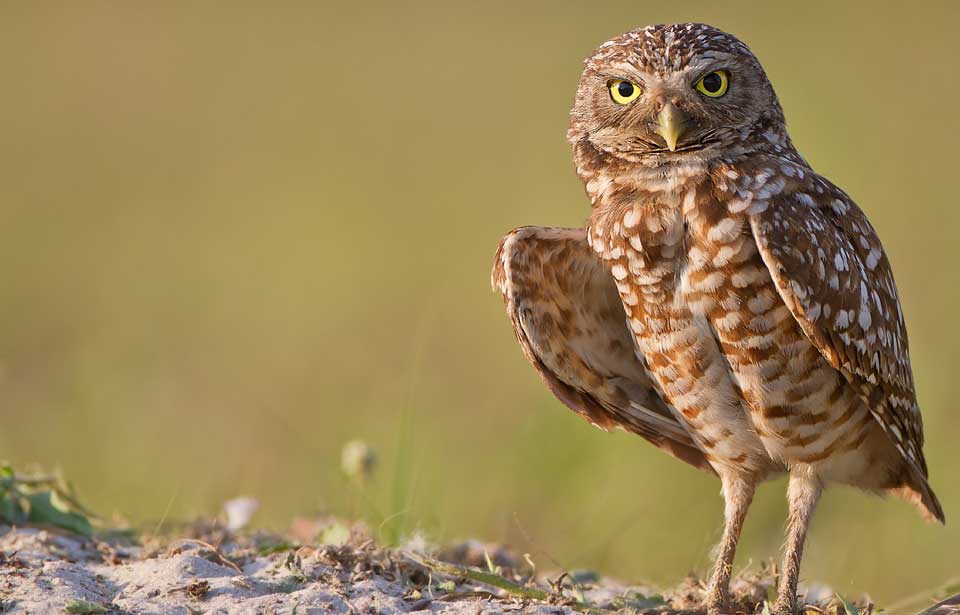The Prairie Grasslands Region is one of the most endangered habitats in Canada. But grasslands aren’t found only in the Prairie Provinces; there are also patches of them in Ontario. Some grassland flowers grow so high, you’d have to climb a ladder to come face to face with their blooms. Many species of wildlife depend on the Prairie Grasslands Region for their survival. For instance, the Powesheik skipper butterfly, long-tailed weasel, and grey tiger salamander could disappear from Canada without the tall-grass prairies of Manitoba. Four kinds of grass are found on Canada’s prairies:
- Tall grass, which occurs in southwestern Ontario and south-central Manitoba — includes big bluestem, little bluestem, Indian grass, switchgrass, leadplant, side-oats grama, porcupine grass, common sunflower, and several species of goldenrod.
- Mixed grass, which is found in southern Saskatchewan, southwestern Manitoba, and southeastern Alberta — includes needle-and-thread grass, June-grass, golden aster, prairie-crocus, wheatgrasses, and breadroot.
- Short grass, which occurs in southern Alberta and southwestern Saskatchewan — includes blue grama, sedges, western wheatgrass, rabbit-bush, and little club-moss.
- Fescue, which occurs in the foothills of Alberta and in east-central Saskatchewan — includes rough fescue, slender wheatgrass, three-flowered avens, golden bean, northern bedstraw, and yarrow.
If you live in this region, you can do native wildlife a favour by planting a plot of prairie grass in your community. Here’s how:
- To start with, you ’II need a large community lot. It’s critical to control weeds during the first two years, so plant an area you can comfortably keep free of weeds — say, one or two hectares.
- Ask for advice from your local agriculture department on soil type and the best species to grow in your area.
- Get your seeds from a local source to ensure that they’re native to your area.
- If possible, till the top 2 to 3 cm of soil on your site several times during the fall and spring before planting to help control weeds.
- The best time to plant is between late spring and early summer.
- Plant a half-and-half mixture of wildflowers and grasses.
- Remember that prairie species do best in full sun.
- Familiarize yourself with what prairie seedlings look like so you don’t pull them out by mistake while weeding.
- Don’t get discouraged! Prairie plants are perennials. They don’t show a lot of growth during the first year because they’re busy putting down deep, extensive root systems to help carry them through adverse conditions like cold and drought.



